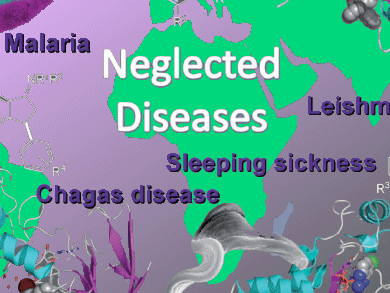Generally speaking, rare and neglected diseases (RND) are those for which the costs of developing a drug treatment cannot be recovered. A given disease under the RND classification is, therefore, quite likely to go undertreated, or largely untreated altogether.
The “big hitters” in neglected diseases are tuberculosis (TB), caused by pathogenic bacteria, malaria, human African trypanosomiasis (sleeping sickness), Chagas disease and visceral leishmaniasis, all of which are caused by parasitic microbes. TB is the world’s leading cause of death from a single infectious organism, killing two million people each year.
Paying greater attention to RND is clearly important for humanitarian, social, and economic reasons. Many RND are anything but “rare”, as they affect millions worldwide, and an ideal goal would be to do away with the “N” in RND. With that in mind, the February issue of ChemMedChem is dedicated to medicinal chemistry research into RND.
Two of ChemMedChem‘s board members, Professors Maurizio Botta, University of Siena, Italy, and Alan Kozikowski, University of Illinois, Chicago, USA, introduce the issue with their editorial outlining some of important diseases that are classified as RND, to the surprise of many people.
Image: (c) Wiley-VCH
- Browse issue now >>>
ChemMedChem 2011, 6(02). - Editorial: Location, Location, Location
A. Kozikowski, M. Botta,
ChemMedChem 2011, 6(02).
DOI: 10.1002/cmdc.200000528
► Also see:
- News: A Drug Pipeline Going Dry
The number of effective anti-tuberculosis (TB) drugs continues to dwindle; can we find new agents for treating drug-resistant TB?




